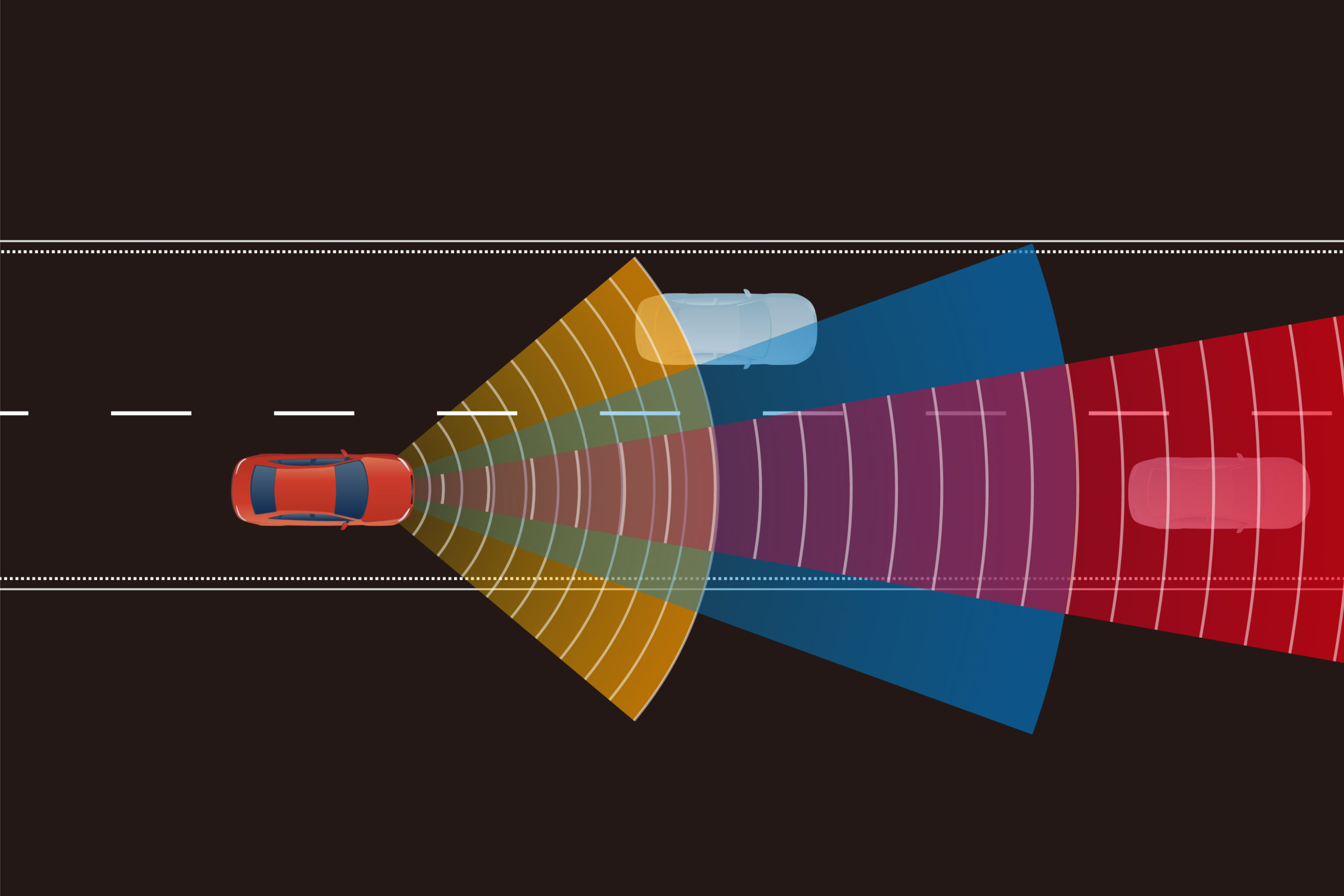Gary T. Ritter –
The five-year, $50 million collaborative research initiative among Toyota Motor Corporation, the MIT Computer Science and Artificial Intelligence Laboratory (CSAIL) and the Stanford Artificial Intelligence Laboratory (SAIL) is to “focus on computer science and human-machine interaction with an immediate goal of reducing
highway injuries and fatalities.”
It is a timely and worthwhile initiative. The preliminary tally of traffic fatalities in the U.S. for 2014 is 32,675, based on data published by the National Highway Traffic Safety Administration (NHTSA) in June 2015. Not only is the number of fatalities concerning, but the statistics from 2014 also mark the first year in a decade when the number of fatalities has not decreased appreciably (-0.01%). Since 2005, when traffic crashes claimed 43,510 lives, vehicle safety technology, traffic safety campaigns to combat impaired and/or distracted driving and promote safety belt use, improved emergency response, and driver education and progressive licensing have helped reduce the national death toll by more than 10,000 lives annually. But, the numbers are still too high and we need additional strategies to attain zero fatalities.
In jest, some say that the key to traffic safety is fixing the “nut behind the steering wheel,” undoubtedly because driver error is cited as a contributing factor in more than 90% of all crashes. However, only harmful outcomes are tallied and drivers likely avoid more collisions than they cause. The difference between a crash and crash avoidance amounts to a matter of seconds—a timespan ill-suited to human situational assessment and appropriate reaction in complex conditions under stress.
Multiple companies are pursuing robotic driving technology that would allow vehicles to operate without human intervention. Multiple automotive manufacturers and their suppliers have demonstrated automated driving prototypes, including Toyota, whose longstanding corporate vision includes “a world without traffic fatalities.” Beyond the automotive industry, Uber has announced plans to develop self-driving vehicles, rumors abound that Apple is working on an advanced automotive project and Google has amassed close to a million miles of autonomous driving in various self-driving vehicle prototypes. In the public sector, Nevada, Florida, California, Michigan, the District of Columbia and Virginia have taken steps to permit automated driving on public roads and/or facilitated the development of specialized vehicle test sites.
Among the various initiatives, the Toyota/MIT/Stanford collaboration is notable for its focus on assisting—not eliminating—the human driver. On average, drivers drive about 300 hundred thousand miles, more than a decade for most, without a serious traffic incident and more than a million miles without a fatality. This presents a challenging threshold for robotics, especially since many human drivers view a driver’s license as the traffic counterpart of poetic license, thus requiring automaton technology that can recognize and accommodate rule deviations by others in the traffic mix. Human drivers do well at comprehending and operating within unstructured situations; whereas robots are not distractible and deliver unflustered performance in crisis situations. The driver-assist approach skirts unresolved legal and liability issues that arise when a human is not responsibly operating the vehicle. Hopefully the driver-assist option will provide an expeditious path toward delivering near-term safety benefits.
To learn more about MIT’s recent announcement to join Toyota on a $25 million research center for autonomous cars, visit www.csail.mit.edu.
Gary T. Ritter , now retired, is former Director of Advanced Transportation Technology at the U.S. DOT Volpe National Transportation Systems Center in Cambridge, MA.
